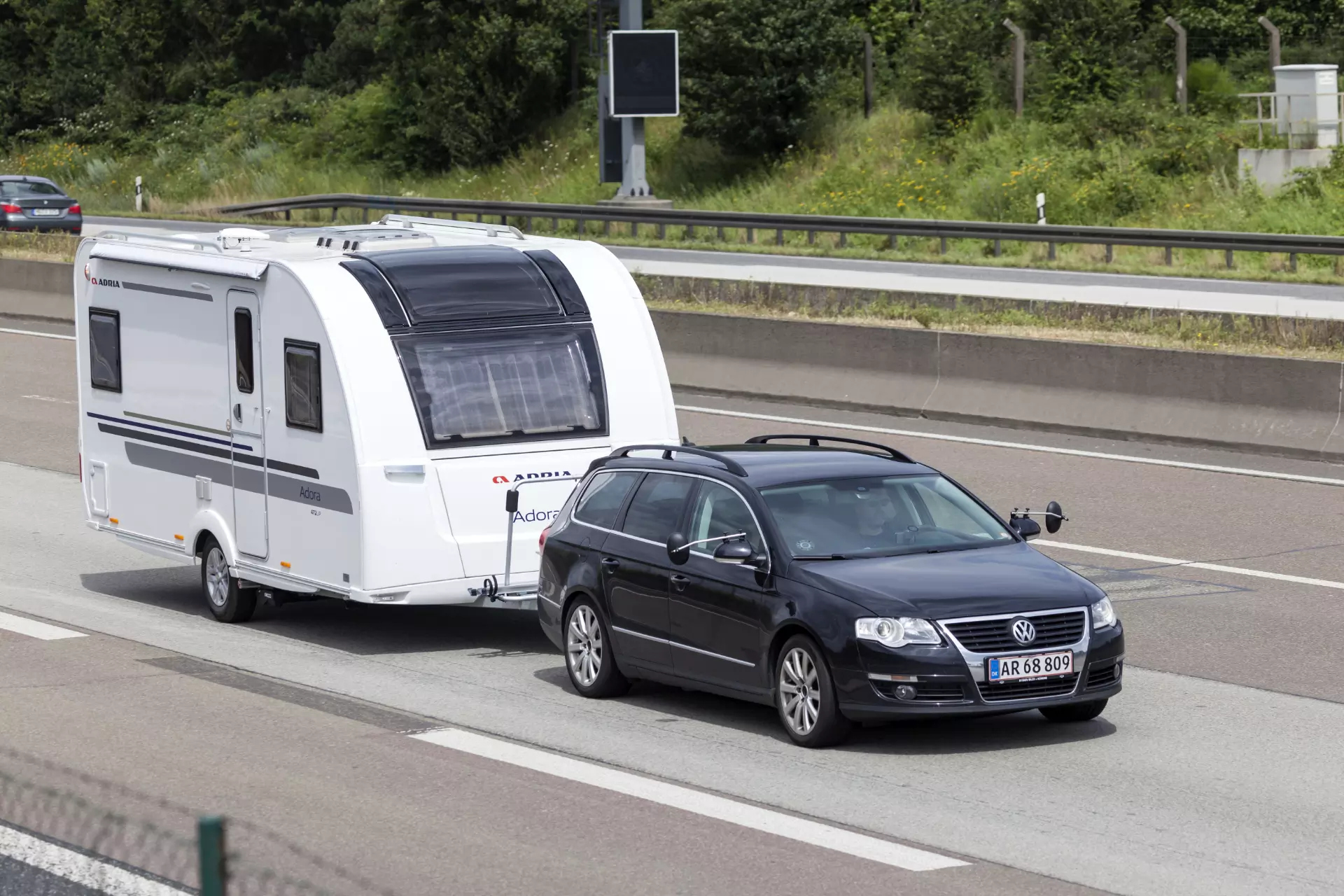Learn how you can convert your car to hand controls, allowing drivers with physical disabilities to operate their vehicle safely and independently.
Explore the different types of adaptive hand control systems available, including push/pull levers, radial controls, and electronic accelerators. Find out the steps involved in converting your car and how to ensure your modifications are legal and suitable for your needs in the UK.
Gas Rings
Gas rings provide a straightforward and user-friendly solution for disabled drivers who need an alternative way to operate their vehicle's accelerator. These rings are usually fitted around the steering wheel, enabling the driver to push the ring to accelerate. This design allows the driver to maintain their hands on the steering wheel, ensuring greater control and safety while driving.
Ideal for individuals with good upper body strength but limited or no use of their feet, gas rings offer a practical means of vehicle acceleration. They are often paired with other adaptive driving controls, something that allows for a truly customised driving experience.
The versatility of gas rings means they can be tailored to fit various steering wheel designs, ensuring comfort and efficiency for a broad range of users. The simplicity of gas rings, combined with the enhanced control they provide, makes them an excellent choice for disabled drivers seeking an efficient and safe driving aid. With the ability to keep both hands on the wheel, drivers can navigate more confidently and respond more quickly to road conditions.
Additionally, the adaptability of gas rings ensures they can be integrated seamlessly with other driving aids, enhancing the overall driving experience for individuals with disabilities. The customisation options make them suitable for a wide array of vehicle types and driver preferences, ensuring every driver's unique needs are met efficiently and effectively
Push/Pull Hand Controls
Push/pull hand controls are one of the most prevalent types of hand controls for cars, offering significant flexibility and autonomy for individuals with disabilities. These adaptations enable drivers to operate both the accelerator and brake using a lever situated near the steering wheel.
By pulling the lever towards them, the driver can accelerate, and by pushing it away, the driver can engage the brakes. This system is intuitive and straightforward, making it a popular choice among disabled drivers.
Push/pull hand controls can be integrated into a wide range of car models, ensuring they provide a smooth and responsive driving experience. They are particularly beneficial for those with limited use of their lower limbs. The controls are designed to be adjustable to fit the specific needs and preferences of the driver, guaranteeing a comfortable and secure driving experience.
Since push/pull hand controls are created to be universal, they can be installed in many automatic vehicles. The installation process usually involves fitting the lever near the steering wheel, which requires some adjustment to the car’s existing driving controls.
An experienced technician typically carries out the installation to ensure the controls are fitted correctly and safely. The main advantage of these hand controls is their ease of use. They enable the driver to maintain complete control of the vehicle without needing to use their legs. For individuals who have difficulty using traditional foot pedals, push/pull hand controls provide a viable alternative, allowing them to drive independently.
In addition to cars, push/pull hand controls can also be fitted to other types of vehicles, offering flexibility to drivers who require these adaptations. They provide a reliable and efficient solution for those looking to regain their driving independence.

Electric Triggers
Electric triggers provide an innovative way to operate the accelerator and brake using electronic controls, designed to enhance driving accessibility. These triggers are installed onto the steering wheel, allowing the driver to control the car’s speed and braking with their hands. By pressing the triggers, the driver can easily accelerate or decelerate as needed. This type of hand control is particularly beneficial for drivers who require a more sensitive and responsive driving experience.
The electric triggers can be fine-tuned to meet the specific needs of the driver, making them a versatile and adaptable solution for many individuals. Electric triggers are often used in combination with other driving adaptations, such as steering aids, to offer a comprehensive solution for disabled drivers. These adaptations work together to provide greater control and comfort, making it easier for drivers to manage their vehicles safely and efficiently.
The electronic controls of the triggers ensure precise and smooth operation, which can be crucial for drivers with limited mobility or strength. Moreover, the ease of installation and customisation means that these adaptations can be tailored to suit various vehicle types and driver preferences.
Some key benefits of electric triggers include improved reaction time, enhanced control, and increased comfort. They allow drivers to maintain focus on the road while managing speed and braking without traditional pedal use.
In summary, electric triggers are highly effective and adaptable driving aid designed to facilitate more accessible and comfortable driving experiences for those with physical limitations. By integrating these triggers into the steering wheel, drivers gain improved control, safety, and confidence on the road.
Secondary Controls
Secondary controls are crucial for managing various vehicle functions such as indicators, lights, and wipers. These controls can be customised to meet the needs of disabled drivers, allowing them to operate these features without removing their hands from the steering wheel. Different types of secondary controls are available to enhance accessibility, including voice-activated systems and remote-control units.
Voice-activated systems enable drivers to issue commands verbally, ensuring that all essential functions can be managed without physical effort. Remote-control units, on the other hand, provide a more tactile method of operation, allowing drivers to use buttons to control different aspects of the vehicle. The installation of secondary controls typically involves modifying the car's existing systems to make them more user-friendly. This may include relocating certain controls to more accessible positions or integrating them with other hand control systems already in place.
For instance, the indicators might be moved to a position on the steering wheel that is easier for the driver to reach, or the wiper controls could be integrated with an existing hand control unit. These adaptations play a significant role in improving the overall driving experience for disabled drivers.
By customising secondary controls, car manufacturers and specialised technicians can ensure that all vehicle functions can be operated conveniently and safely. This not only enhances driving comfort but also promotes greater independence for disabled drivers.

Handheld Accelerator
A handheld accelerator is a specialised device providing an alternative for drivers who must operate both the car's accelerator and brake using their hands. This device typically takes the form of a handheld lever mounted near the steering wheel, allowing the driver to control acceleration and braking through manual pressure on the lever.
Handheld accelerators are constructed to be user-friendly and can be tailored to fit various types of vehicles. They offer precise control and can be adjusted to meet the driver's specific requirements. This type of driving control is especially beneficial for individuals who have limited use of their legs but possess strong upper body strength.
The installation process for a handheld accelerator generally involves securely mounting the lever near the steering wheel to ensure it is within easy reach for the driver. Selecting a device designed to provide a smooth and responsive driving experience is essential for maintaining safety and comfort. The device must be installed correctly and tested thoroughly to ensure proper functionality.
Additionally, users of handheld accelerators should undergo adequate training to become familiar with its operation, thereby enhancing their confidence and competence while driving. This device can significantly enhance driving independence for those with physical limitations, allowing them to enjoy greater mobility and freedom.
In summary, handheld accelerators are valuable tools for drivers with specific needs, offering ease of use, customisation options, and improved driving control. Proper installation and training are crucial to maximising the benefits and ensuring a safer driving experience for all users.
Under the Mobility Scheme, these adaptations can be fitted for no extra cost.
MotorHome Towbars provide cars, scooters, wheelchairs and more, so if you're interested, please reach out to us, and we can adapt your motor for your disability.
Are you looking for disability car adaptions in Lincoln And Lincolnshire? We have a huge range of adaptations available and would love to discuss this with you.

